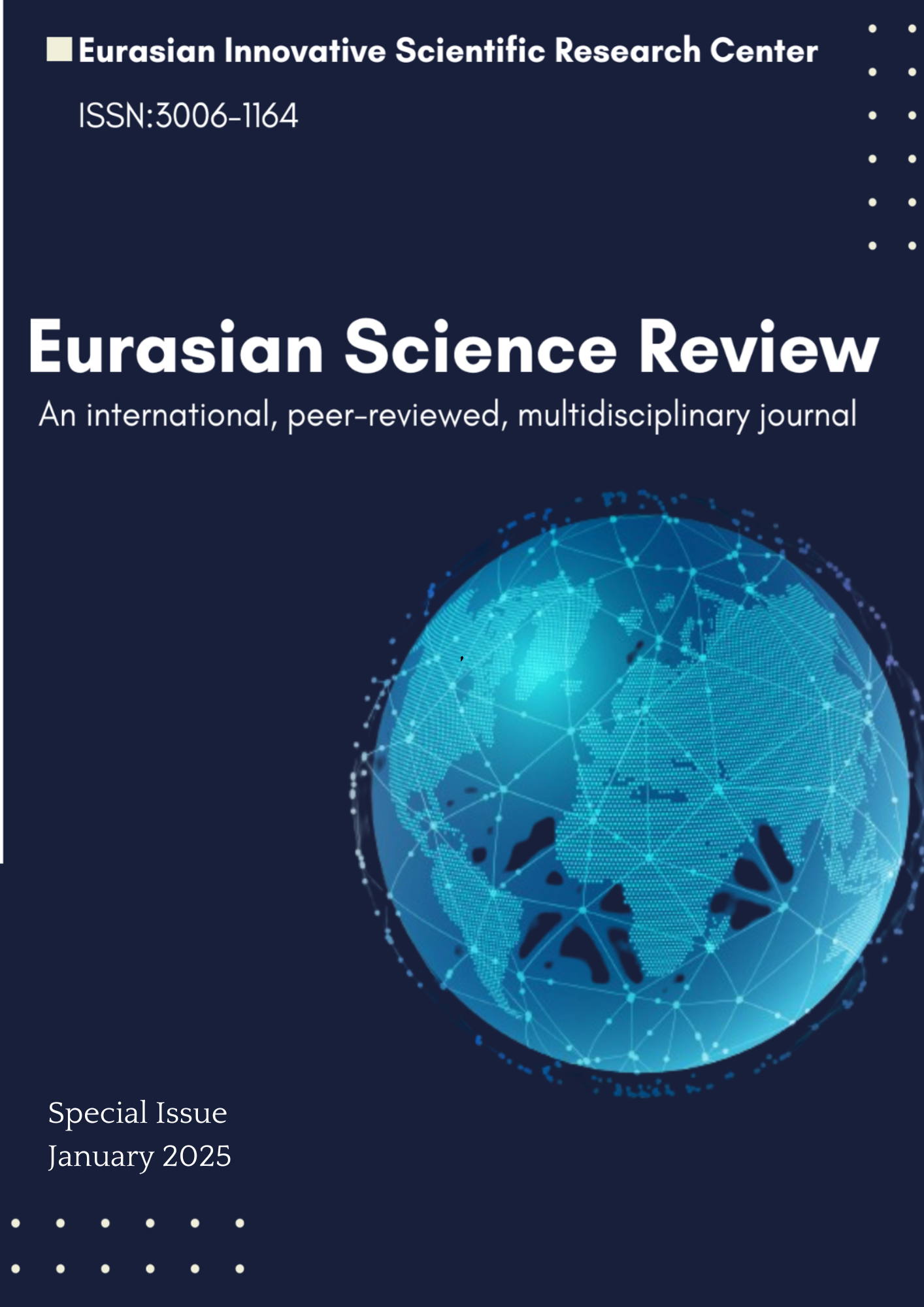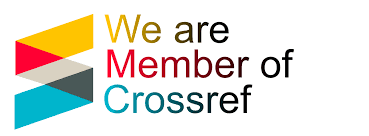AUTHENTIC LANGUAGE AND CULTURAL REALITIES IN THE TUNEIN RADIO APP FOR ENGLISH LANGUAGE LEARNERS
DOI:
https://doi.org/10.63034/esr-445Keywords:
Authentic language, cultural realities, TuneIn Radio, English language learning, real-time listening, intercultural competence, linguistic immersion, digital learning tools, anguage acquisition, media-based educationAbstract
The TuneIn Radio app provides English language learners with an immersive experience by exposing them to authentic language and cultural realities through live radio broadcasts. Unlike traditional language-learning platforms, TuneIn offers real-time access to news, talk shows, music, and podcasts from various English-speaking regions. This exposure enhances learners’ listening comprehension, vocabulary acquisition, and cultural awareness. Authentic audio content enables learners to grasp regional accents, idiomatic expressions, and contextual nuances, which are often absent in conventional learning materials. Moreover, engaging with diverse radio programs fosters critical thinking and cross-cultural communication skills. This study explores the pedagogical advantages of using TuneIn Radio as a supplementary tool in English language learning, emphasizing its role in enhancing linguistic proficiency and intercultural competence. By analyzing learner engagement and performance, this research highlights the app’s effectiveness in creating an interactive and contextualized language-learning environment. The findings suggest that integrating live radio streaming into language curricula can significantly benefit learners in acquiring real-world language skills.
References
Krashen, S. (1985). The Input Hypothesis. Longman.
Brown, H. D. (2007). Principles of Language Learning and Teaching. Pearson Education.
Gilmore, A. (2007). Authentic Materials and Language Learning. Language Teaching, 40(2), 97–118.
Richards, J. C. (2006). Communicative Language Teaching Today. Cambridge University Press.
Ellis, R. (2003). Task-Based Language Learning and Teaching. Oxford University Press.
Flowerdew, J., & Miller, L. (2005). Second Language Listening: Theory and Practice. Cambridge University Press.
Field, J. (2008). Listening in the Language Classroom. Cambridge University Press.
Nation, P. (2013). Learning Vocabulary in Another Language. Cambridge University Press.
Rost, M. (2011). Teaching and Researching Listening. Routledge.
Vandergrift, L., & Goh, C. C. (2012). Teaching and Learning Second Language Listening: Metacognition in Action. Routledge.
Downloads
Published
How to Cite
Issue
Section
Categories
License
Copyright (c) 2025 Khabibullayeva Khulkar Olimzhonovna

This work is licensed under a Creative Commons Attribution 4.0 International License.





